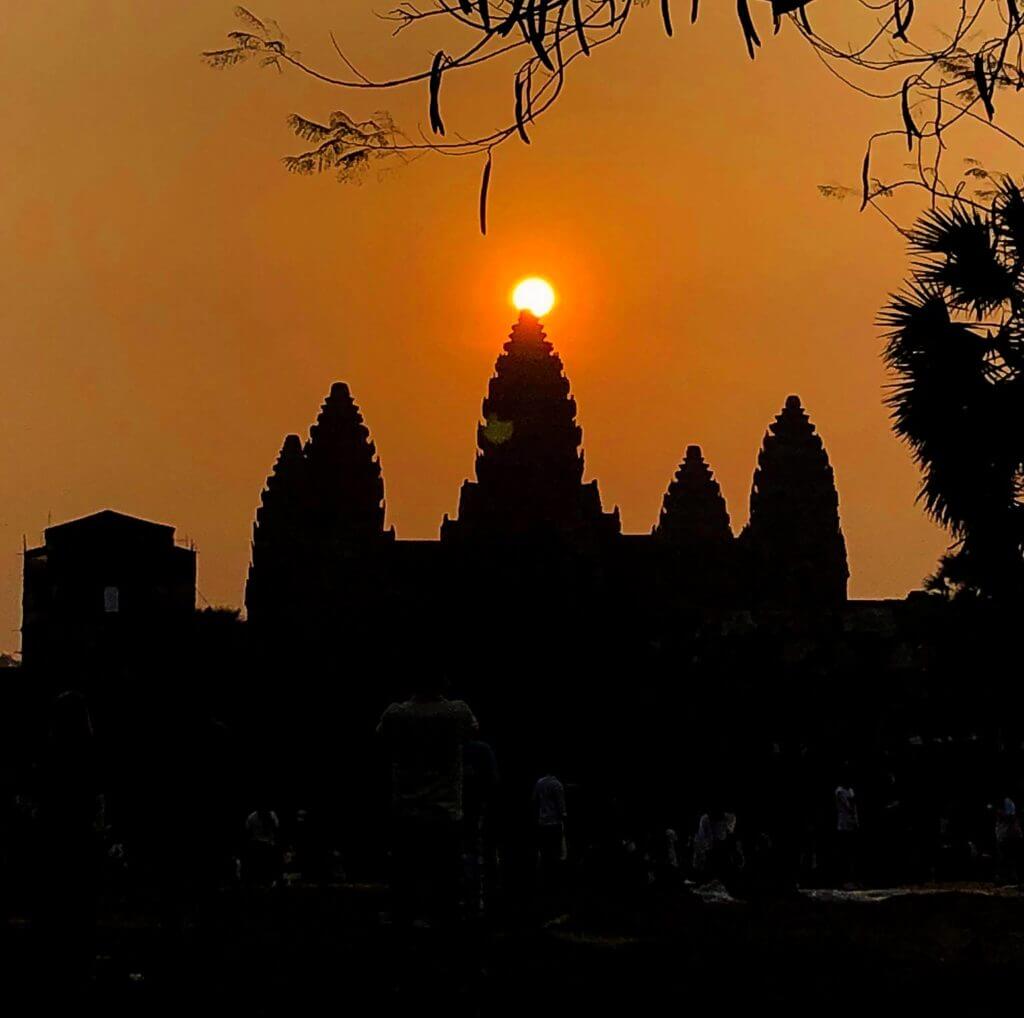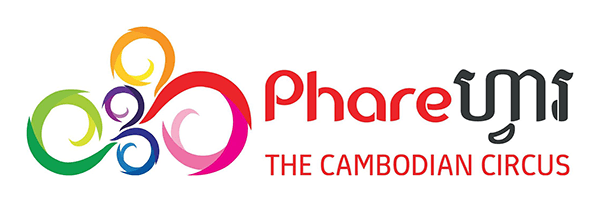“Quest for the Lost civilization”, by Graham Hancock, is a fascinating documentary about the world’s ancient monuments. By the minute 29:00 of the video you can see the amazing scene of a very special sunrise at Angkor. The sun raises exactly on the peak of the main Angkor Temple. This only happens twice a year, at the so called equinox – time of the year when the sun crosses the plane of the earth’s equator and day and night are of equal length. It is hard to believe how people were able to build up such amazing events already in ancient times.
The Equinox in Cambodia
In Cambodia, this astronomical event happens during Spring (around 20th of March), and during Autumn (around 23rd of September). Dates are:
Primary equinox
- 20.03.2022 / 10:33 pm
- 21.03.2023 / 04:24 am
Secondary equinox
- 23.09.2022 / 08:03 am
- 23.09.2023 / 01.49 pm
People must have known about this astrological circumstance early on. This is shown by the sunrise at Angkor Wat on this day. The moment of the equinox is later than the famous sunrise.

Angkor is not the only temple to exhibit this phenomenon. All over the world, rulers wanted to show their glory and power as well as their connection with the gods in heaven and depicted these in their temples. Something similar can be observed at the pyramids of Giza, for example.
Usually, thousands of tourists and locals flock to see the spectacle on this day. On social media channels, posts about the upcoming event pile up during these days. Only to show the new photos afterwards. During Corona, the sight and atmosphere must have been magical, as seen in this photo.
Magical: Equinox and Pchum Ben at the same time
In 2022, the Buddhist will take place at the same time in Cambodia. The festival of the ancestors, which lasts for 15 days. The 15th day is the culmination and beginning of a three-day official holiday. This year, the equinox is on 23 September and the culmination of Pchum Ben directly one day later on 24 September. This coincidence of the two events makes the atmosphere seem even more magical, especially at sacred places like Angkor.
Connecting the earth with the sky at Angkor
Archaeologist believe during ancient times kings wanted to connect the earth with the sky. Hence they used to integrate sky events to temples, not just at Angkor but all over the world. The equinox sunrise at Angkor Wat is only one of those.
Exciting facts surrounding Angkor Wat
Researchers have found that the main route to Angkor Wat temple differs by three quarters of a degree from the east-west axis to the north. According to the precession of the earth’s axis, the North Pole is not fixed but moves like a spiral. This happens extremely slowly. Around 72 years for each degree. It takes about 26,000 years for a complete revolution.
Multiplying the precession of the earth’s axis – the aforementioned three quarters of a degree – with the number 72 results in the number 54. The number 54 is more frequent in Angkor Park. For example, the four-faced towers at the Bayon Temple or the guards in front of the South Gate of the city of Angkor Thom.

Affiliate*

Phare, the Cambodian Circus
A highlight in Siem Reap! Buy tickets online directly on the Circus Phare website*.
Links and references with a * are an affiliate link (advertising link). If you like Visit Angkor and buy, book or subscribe to something via an affiliate link, the provider will make a small commission for Visit Angkor. Of course, there are no additional costs for you.
Join our Facebook group
International travel group with friendly people who love Cambodia. We speak English, German and a little Khmer.
By the way: We write here at Visit Angkor with a lot of passion and love. Nevertheless, it can happen that information is no longer up to date or perhaps even incorrect. We would be happy to hear from you so that we can update the information accordingly. Thank you very much!



